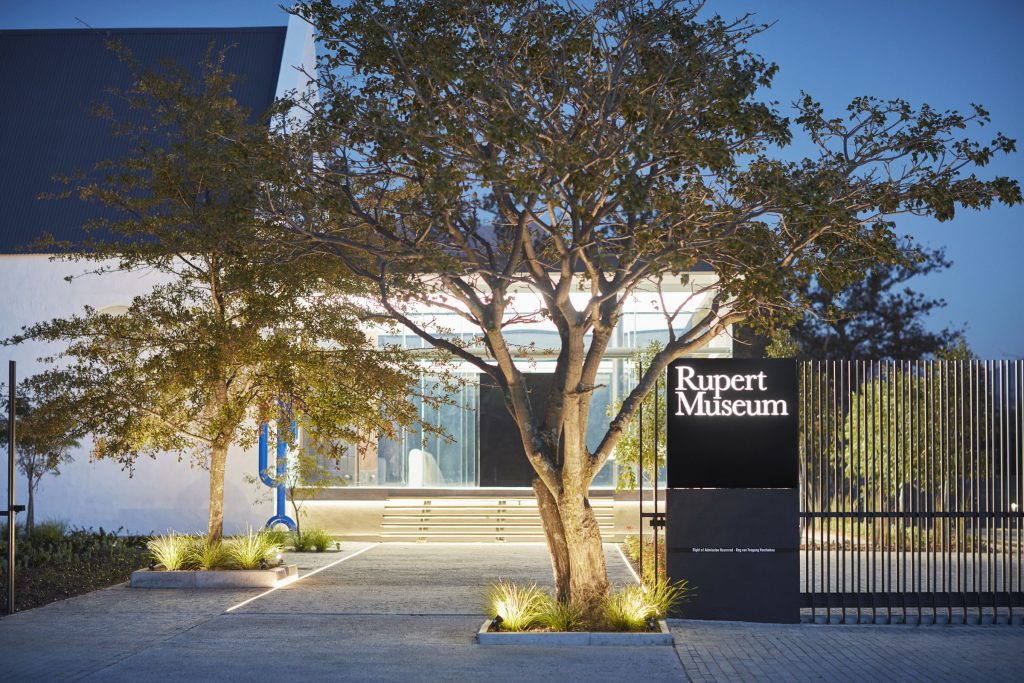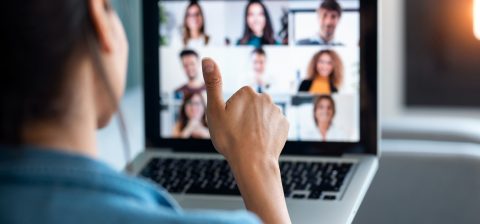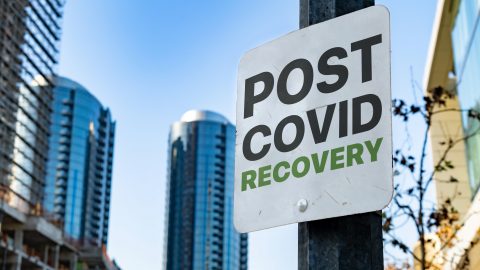SA Home Owner Art
Changing Realities: The New, New Normal
Within the landscape of galleries and cultural institutions – which have for a long time functioned as mediators between the artist and the public – we are slowly seeing a shift that is bringing with it a new vocabulary; a shift away from the opening nights in white-walled cubes towards the world of virtual reality exhibitions, online walk-throughs, viewing rooms and webinars.
#STAYINGCONNECTED
Our new normal has provided all of us the opportunity to think through and against traditional ways of existing and operating. Many institutions appear to have taken on the difficult challenge of sustaining connections with audiences during this time of disorder and instability. Two such examples are the Rupert Museum and the Norval Foundation, both in Cape Town.
Through the #RupertMuseumChallenge on Instagram, the museum challenged audiences to post photos recreating artworks by well-known artists such as painters Irma Stern and Maggie Laubser.
Robyn-Leigh Cedras-Tobin, director of the museum, explains the thinking behind such an activation: “The challenge is to contextualise our museum collections within history and simultaneously address our contemporary world. Social media and other online platforms provide the ideal space for engagement whether it be playfully or through critical exchange.”
The Norval Foundation, on the other hand, opted for something more educational with their #60SecondArt Instagram campaign featuring leading voices in the cultural sphere discussing one artwork from either the Foundation’s Homestead Art Collection or a recent exhibition for 60 seconds.
With the lockdown “separating us from our audiences,” curatorial coordinator Vicky Lekone and chief curator Owen Martin explain, “we quickly began to think how we might overcome this gap. Museums, after all, exist for the audiences who use them but there’s no reason that this engagement must always happen in person.” For the #60SecondArt campaign, Lekone and Martin say they “encouraged each contributor to use broadly accessible language to give this initiative the widest possible appeal and build upon Instagram’s enormous popularity”.
Unlikely collaborations
Without the burden of high travel costs and long flight times, it makes sense to see more cultural producers move towards collaboration. This is reflected in the number of webinars organised by various institutions and open to the general public. Art fairs such as the 1-54 Contemporary African Art Fair, galleries such as Jenkins Johnson Gallery and museums such as the Zeitz Museum of Contemporary Art Africa have all had their share of conversations – digitally bringing together various parties within the visual arts.
Collapsing borders
The global pandemic has had the effect of breaking borders. Major exhibitions by international galleries were once out of reach and inaccessible for many, but can now be experienced digitally. Major galleries including Hauser & Wirth (which has nodes in Zurich, London, New York, Somerset, Los Angeles, Hong Kong and Gstaad), Lisson Gallery (with locations in New York and London) and Goodman Gallery (Johannesburg, Cape Town and London) have either moved exhibitions online or created online programmes alongside traditional exhibitions. All of this is despite the difficulty of exhibiting art digitally, particularly in relation to works that are sculptural, tactile or immersive.
Online programmes do not only exist in the formal sense. In the past few months, galleries have validated the effectiveness of Instagram as a tool through which to display art.
Thenjiwe Nkosi’s first solo exhibition with Stevenson Gallery; Gymnasium, went live through the app in March. Gallery director Lerato Bereng reflects on this unprecedented experience: “Working with Thenjiwe on her show in a moment when we were all feeling somewhat vulnerable and looking towards an unknown was really rather special. The experience was deeply personal as much as it was shared, Thenjiwe’s body of work held us all in that moment. Her rhythmic discipline whilst producing the work was really what my clock was set to so it made perfect sense that on the eve of the lockdown on 26 March, the opening night of her show, I sat on my balcony and she sat in her garden and we conversed to a setting sun knowing also that we were entering an unparalleled time.”
What will happen in a post-Covid-19 world remains to be seen. Will the industry return to its days of opening nights, international travel for art fairs, studio visits, symposiums etc., or will we all be content with experiencing our favourite artworks entirely through the screen? My sense is that the answer lies somewhere in between where digital offerings will function as an essential and useful companion alongside engagements IRL (in real life).






 Sign-up and receive the Business Media MAGS newsletter OR SA Mining newsletter straight to your inbox.
Sign-up and receive the Business Media MAGS newsletter OR SA Mining newsletter straight to your inbox.